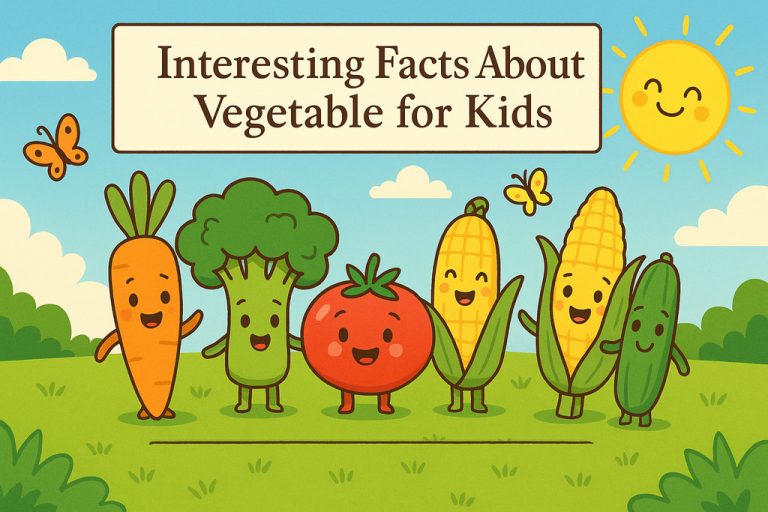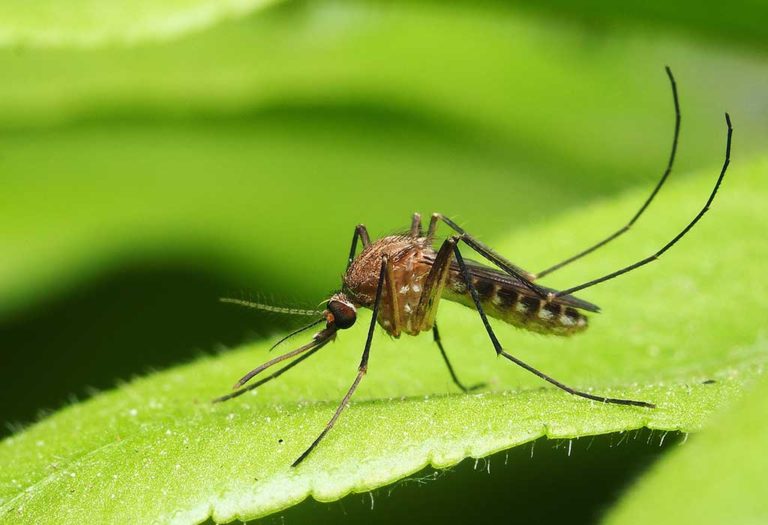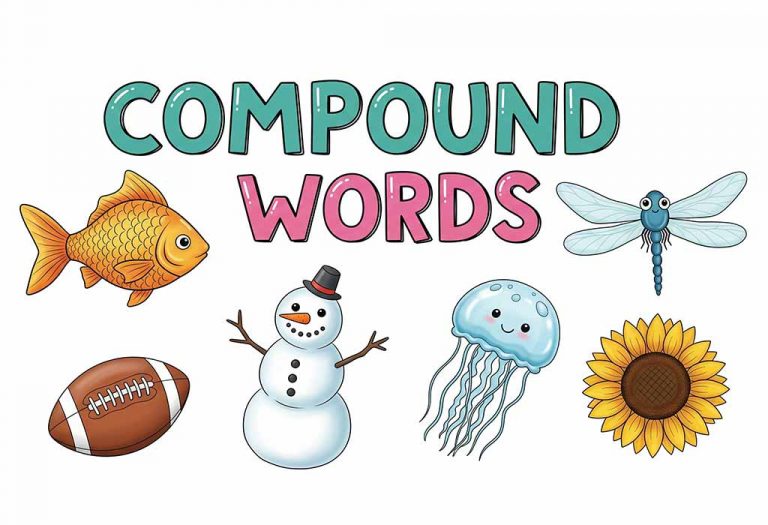20 Interesting Facts About Vegetable for Kids
- What Are Vegetables?
- Types of Vegetables
- Some Benefits of Vegetables
- Most Popular Vegetables in the World
- Facts & Information About Vegetables for Kids
- FAQs
Children are naturally curious about the world around them, and food is no exception. When it comes to learning about vegetables, the right stories and fun details can spark excitement and turn mealtimes into adventures, rather than struggles. Kids often see vegetables as something parents remind them to finish on their plate, but when they hear surprising vegetable facts, suddenly a carrot becomes more than just an orange stick, and broccoli isn’t just “green stuff.” Understanding where vegetables come from, how they grow, and the unique things they can do for our bodies makes them far more interesting. Sharing these little pieces of knowledge teaches children about healthy eating and helps them see vegetables in a fresh, enjoyable way. Below are some fascinating and kid-friendly, healthy facts about vegetables that make eating healthy food a little more purposeful.
What Are Vegetables?
Vegetables are parts of plants that we eat as food. They can be roots, like carrots, leaves, like spinach, or stems, like celery. Some are colourful, some are plain, but all of them are packed with goodness that keeps our bodies strong and healthy.
Types of Vegetables
Vegetables come in many different forms, each bringing its own taste, colour, and health benefits. Learning about the types helps kids and adults understand food better and makes meals more exciting.
- Leafy Greens: Spinach, kale, lettuce, and collard greens fall into this group. They are light, fresh, and full of vitamins.
- Cruciferous Vegetables: Vegetables like broccoli, cauliflower, cabbage, and Brussels sprouts. They are known for their crunch and rich nutrients.
- Root Vegetables: These grow underground, like carrots, beets, radishes, and turnips. They are filling and colourful.
- Stem Vegetables: Celery and asparagus are popular examples. They may look simple, but they hold water, fibre, and minerals.
- Tubers: Potatoes, sweet potatoes, and yams store energy for the plant and give us hearty meals.
- Podded Vegetables: Beans and peas are podded vegetables. They are small but packed with protein and energy.
- Allium Vegetables: Onions, garlic, leeks, and shallots. They add strong flavours to food and have health benefits.
- Squash Vegetables: Pumpkin, zucchini, and butternut squash bring sweetness and make comforting dishes.
- Starchy Vegetables: Corn and parsnips offer more natural sugars and starch, giving quick energy.
- Nightshade Vegetables: Tomatoes, peppers, and eggplants grow in this family. They are colourful and used in many cuisines.
- Sea Vegetables: Seaweed and kelp add a salty touch and provide essential minerals like iodine.
- Edible Flowers: Squash blossoms or nasturtiums are flowers we can eat, often adding colour to salads.
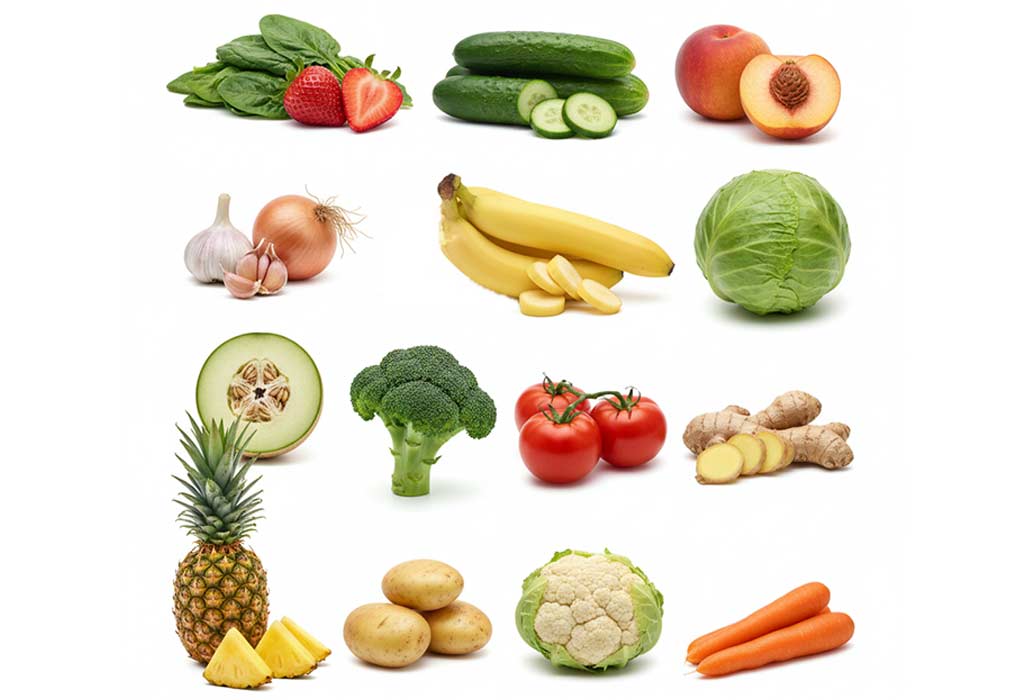
AI-Generated Image
Some Benefits of Vegetables
Vegetables play a significant role in maintaining our bodies’ health and energy levels. When kids and adults know the many ways vegetables help us, they become even more important on our plates. Plus, some mind-blowing facts about vegetables show just how powerful these plants really are.
- Packed With Nutrients: Vegetables are loaded with vitamins, including A, C, and K. They also contain essential minerals like potassium and iron that support growth and health.
- Low in Calories: Most vegetables contain very few calories, making them an ideal choice for maintaining a healthy diet without feeling hungry.
- High in Fibre: Fibre from vegetables helps keep your digestion smooth and can prevent stomach problems.
- Boost Immunity: Many vegetables contain antioxidants that protect the body from illness and help fight off infections.
- Anti-Inflammatory: Some vegetables reduce swelling inside the body, which means they can help keep you feeling good longer.
- Hydrating Foods: Vegetables like cucumbers and celery are high in water content, helping to keep you hydrated, especially on hot days.
- Heart Health: Eating vegetables regularly can lower the chance of heart problems by keeping blood vessels clear and flexible.
- Versatility: Vegetables can be eaten raw, cooked, steamed, or roasted, offering a wide range of culinary options. You can enjoy them in many ways, making healthy eating fun and easy.
Most Popular Vegetables in the World
Some vegetables are loved almost everywhere because of their taste and health benefits. These popular vegetables are often found in kitchens worldwide and featured in a variety of dishes. Knowing about these favourites and facts about eating vegetables can make trying new foods more interesting and fun.
- Potatoes: Potatoes are a staple food in several parts of the world. They can be baked, mashed, fried, or roasted and provide a good source of energy from carbohydrates.
- Tomatoes: Although technically a fruit, tomatoes are commonly used as a vegetable in cooking. They add flavour to sauces, salads, and soups.
- Carrots: Carrots are crunchy and sweet. They are rich in vitamin A, which is crucial for maintaining healthy eyes.
- Onions: Onions add a strong flavour to meals and are used worldwide. They also have compounds that may help the immune system.
- Cucumbers: Cucumbers are cool and refreshing, mainly consisting of water. They are often eaten raw in salads or as snacks.
- Spinach: This type of leafy green is rich in iron and vitamins. It can be eaten cooked or added to salads and smoothies.
- Broccoli: Broccoli resembles tiny trees and is rich in vitamin C. It is tasty when steamed or roasted.
- Bell Peppers: These colourful vegetables come in red, yellow, and green. They are sweet and crunchy, making them great for snacking.
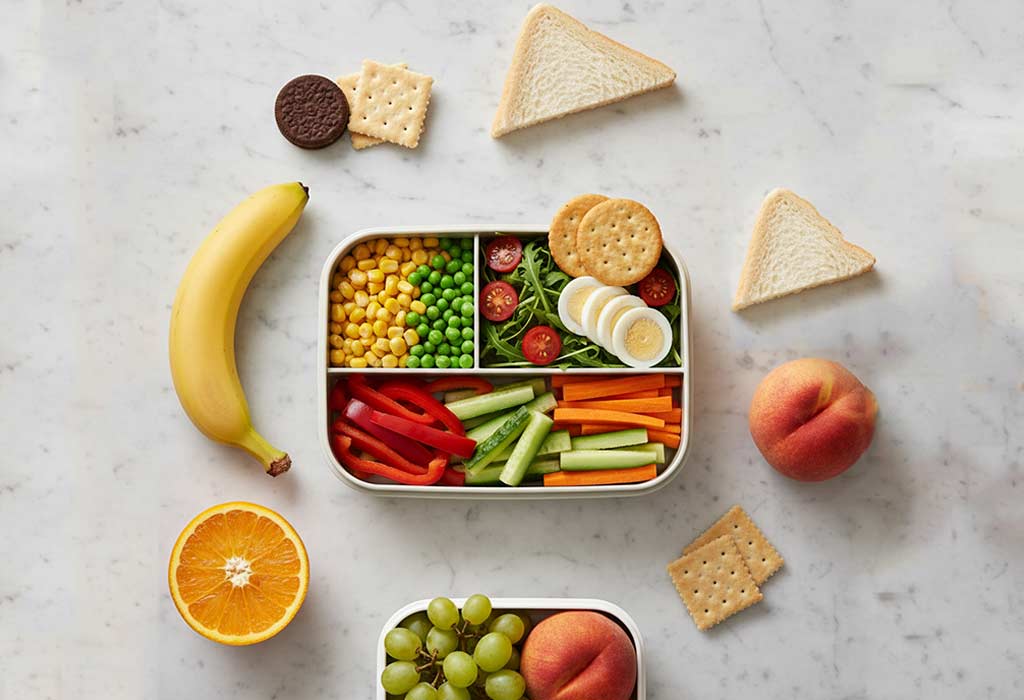
AI-Generated Image
Facts & Information About Vegetables for Kids
Vegetables are not only colourful and tasty but also full of surprising stories and benefits. Kids enjoy learning about veggie facts because these fun details make eating healthy food more exciting. Here are some fun facts about vegetables for kids that they can enjoy and remember.
- Carrots were originally purple before people started growing the orange ones we know today.
- Tomatoes are actually fruits, even if we use them like vegetables in cooking.
- Broccoli is made up of tiny, unopened flowers, which is why it resembles little trees.
- Cucumbers are approximately 95% water, making them a refreshing food.
- Potatoes were the first vegetables ever grown in space by astronauts.
- Spinach has iron that helps your muscles stay strong and healthy.
- Onions can cause teary eyes because they release a gas that irritates your eyes.
- Sweet potatoes are loaded with vitamin A, which improves night vision.
- Bell peppers come in many colours, such as red, yellow, and green, and they all have a sweet taste.
- Peas are small but packed with protein to help your body grow.
- Cauliflower can be white, purple, or orange, adding some bright colours to your plate.
- Pumpkins are not just for Halloween; they are rich in vitamins and fibre, too.
- Green beans are also called string beans because long strings run along their sides.
- Radishes come in various colours, including white, pink, and red.
- Eggplants are part of the same family as tomatoes and peppers.
- Brussels sprouts are loaded with vitamin C and resemble miniature cabbages.
- Corn is actually a type of grass and has hundreds of kernels on each ear.
- Leafy vegetables, such as kale and collard greens, are commonly referred to as leafy greens and are considered very healthy.
- Carrots contain beta-carotene, which the body changes into vitamin A.
- Many vegetables have antioxidants that help keep your body strong and fight sickness.
These fun and interesting veggie facts can help kids enjoy their vegetables more and understand why healthy food is so important.
FAQs
1. Why do vegetables taste different when cooked compared to raw?
Vegetables change flavour when cooked because heat breaks down some of their natural sugars and fibres. Cooking can make them sweeter or softer, and sometimes less bitter, making them easier for kids and adults to enjoy.
2. How many vegetables should children eat every day?
Kids need about 1 to 3 cups of vegetables daily, depending on their age. Eating a variety of vegetables helps them get different vitamins and minerals required for healthy growth.
3. Can eating more vegetables help with staying healthy?
Yes, eating plenty of vegetables supports the immune system, helps with digestion, and reduces the risk of certain diseases. A diet rich in vegetables is an excellent step toward staying strong and feeling good.
Among the healthiest foods in the world, vegetables provide essential vitamins, minerals, and fibre that keep our bodies strong and full of energy. Eating a variety of vegetables helps protect against many illnesses and supports good digestion. Including colourful vegetables in meals also makes food more interesting and delicious. The more we learn about vegetables, the easier it becomes to appreciate their value every day. So, filling your plate with veggies is a simple way to care for your health and feel your best.
If you know any unpopular or weird facts about vegetables, let us know in the comments below.
Also Read:
Starfish Facts for Kids
Human Body Facts for Kids
Facts About Horses for Kids
Facts About Animals for Kids
Facts About Dolphins for Kids






